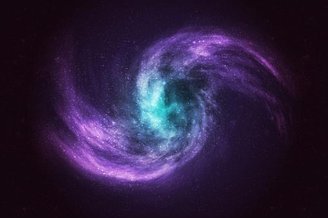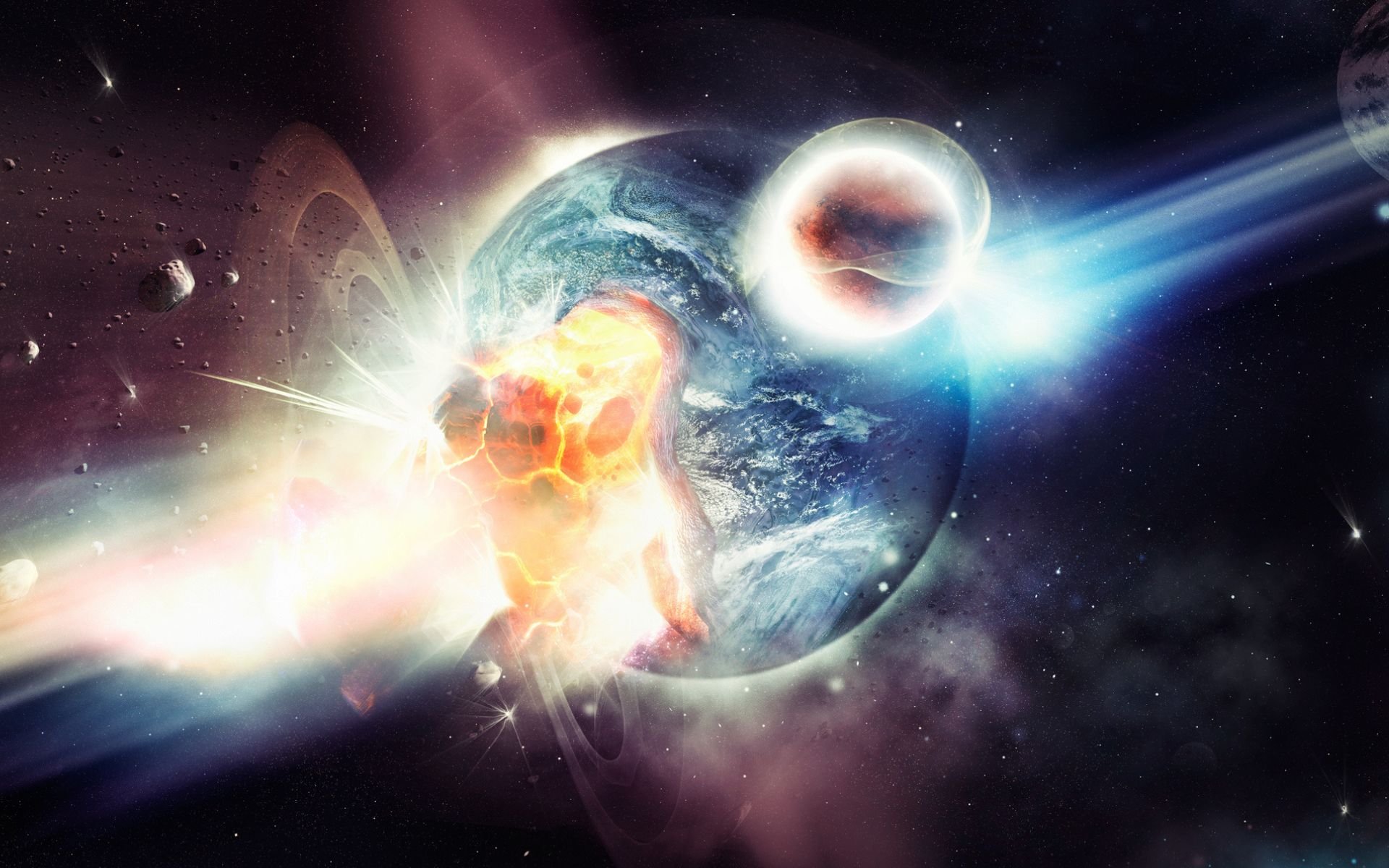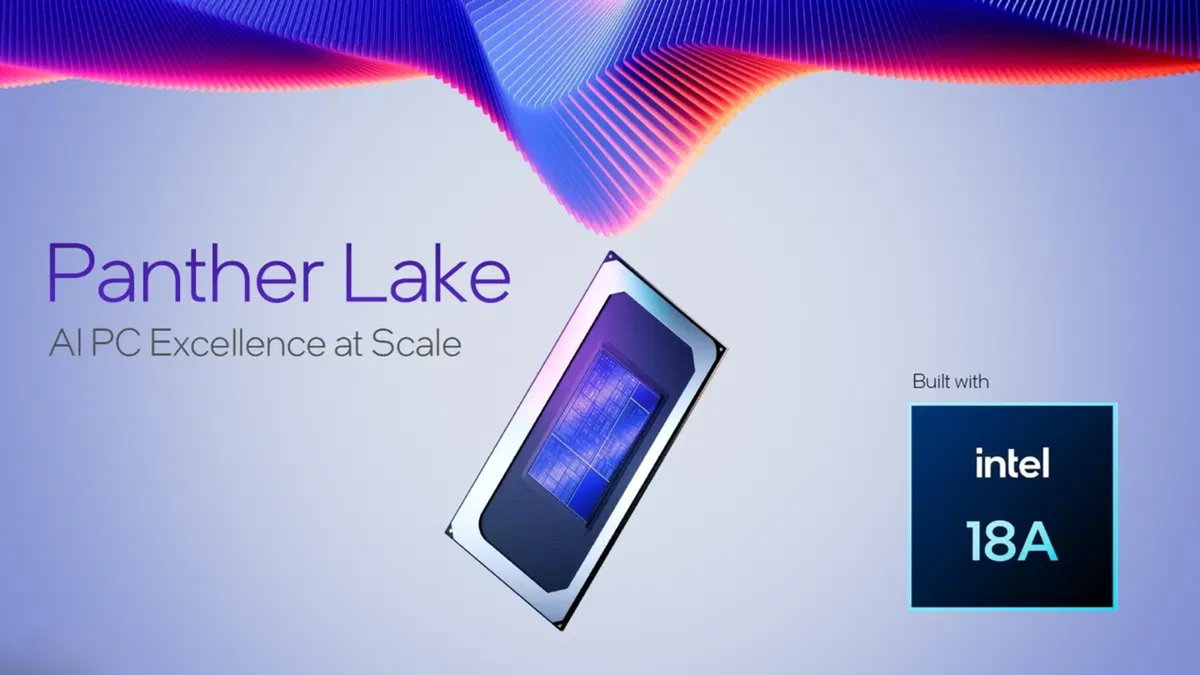The basic recipe for creating a planet seems simple. Contents include dust, rocks, gases, gravity, and those that have been in the universal furnace for millions of years. But the amount of each ingredient, how to incorporate them, and how to beat them to add or remove excess are still a mystery.
Grain-to-grain coalescence of elements produced planetesimals; These combined to form proto-planets and eventually the planets as we know them. But perhaps the secret to the recipe is high-energy collisions.
If the ingredients in your favorite cake require precise mixing, Violent collisions to form planets may be the big secret of planetary mixing. Learn about the planets and the collisions that shaped them.
A dusting of dust and a violent crash
As far as we know, the formation of planets is closely linked to the birth of stars. Star cradles, known as nebulae, contain a variety of gaseous or solid elements.
As stars fuse at high temperatures, bursts of energy disperse dusty elements into their disks. In regions where the temperature is milder, rocks, dust, gases and The effect of gravity collects particles into small nuclei.

Still, This unification does not occur gradually, but through major collisions.. When pulled by the gravitational force, the high-energy impacts combine elements to form larger nuclei.
Rocks, metals, ice and many other elements circulate throughout the primordial disk, gradually forming a wide variety of celestial bodies. Yes, asteroids, meteors, moons and many other celestial bodies are born from this mixture.
How is a planet shaped?
The planets are roughly shaped. The study, published in the Annual Review of Earth and Planetary Sciences, reflects how high-energy collisions can shape planets and change their orbits.
Collisions can play various roles in the formation of these spheres; such as adding mass, fusing material, removing parts, or even causing their axial axes or direction of rotation to change.
We see Uranus and Venus as examples of this last phenomenon. It is thought that these planets were subjected to a massive collision during their formation, causing Uranus to “tumble” and Venus to spin, unlike its siblings in the solar system.

According to some studies, Our moon also resulted from a collision. A piece of this high-energy “accident” broke off and formed our moon. And those who think that these coups and clashes have stopped now are mistaken. Even on smaller objects, effects persist and will continue to occur.
Therefore, space surveillance is constant and always looking for asteroids and meteoroids that could significantly hit us. But despite chance encounters with objects ejected from the asteroid belt and rovers, there is no danger of further impacts to our planet.
Learn how planets are formed and the role of massive collisions in modeling planetary systems helps us investigate the beginnings of our galactic neighborhoodand interference theories about how exoplanets might develop elsewhere in space.
Although the formation of planets still remains a ‘half-unsolved’ mystery, some clues are enough to enable us to continue our work on the primitive description of the universe.
Want to learn more about life, reality and the universe? So take the opportunity to discover what the origins of rebellious binary planets are. Stay tuned to TecMundo for more science-related content!
Source: Tec Mundo
I’m Blaine Morgan, an experienced journalist and writer with over 8 years of experience in the tech industry. My expertise lies in writing about technology news and trends, covering everything from cutting-edge gadgets to emerging software developments. I’ve written for several leading publications including Gadget Onus where I am an author.












